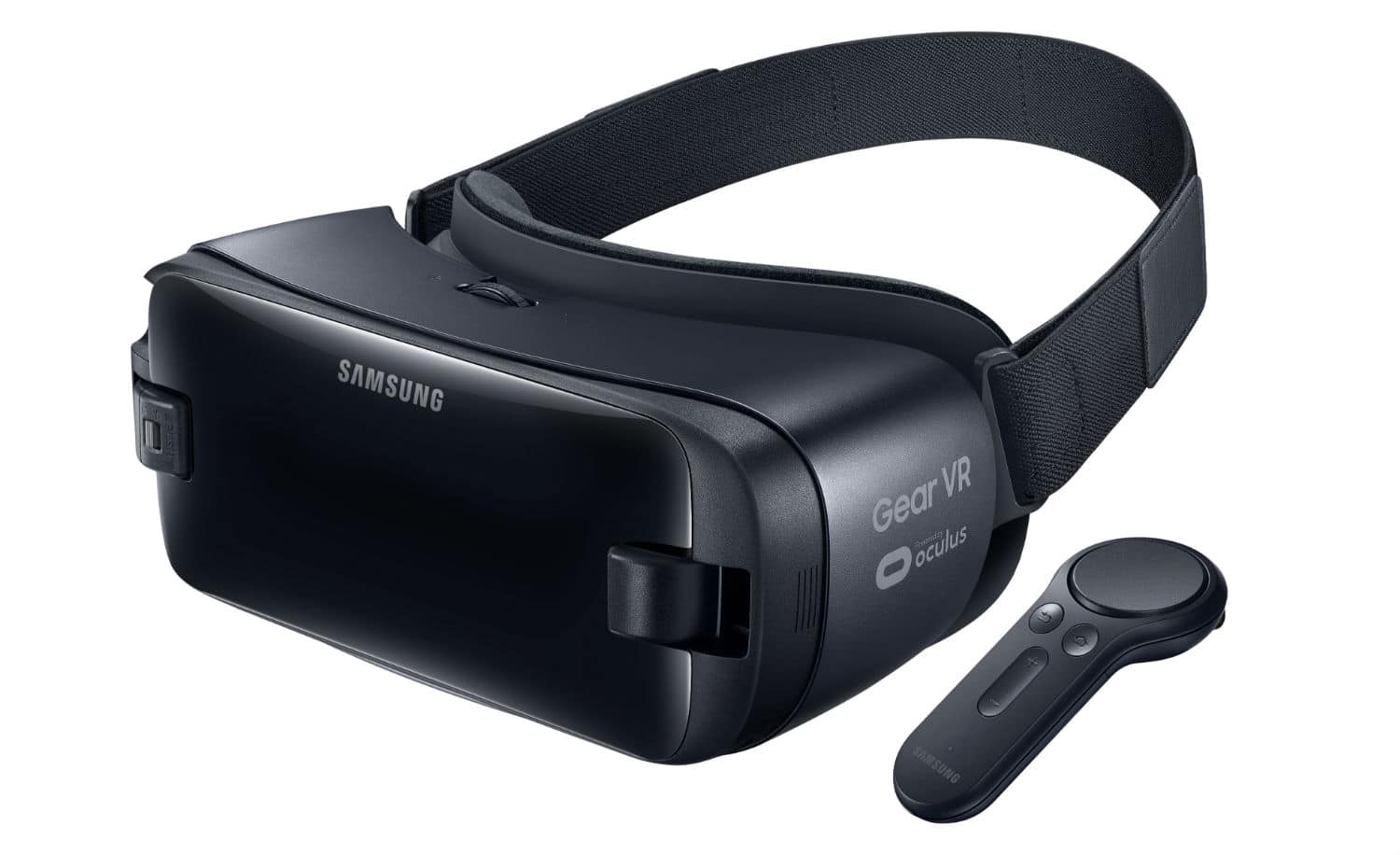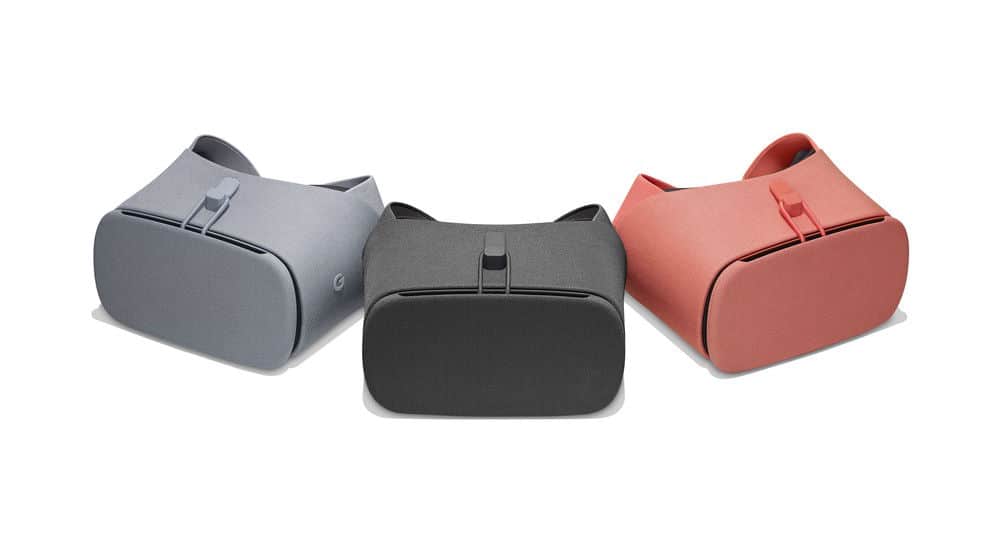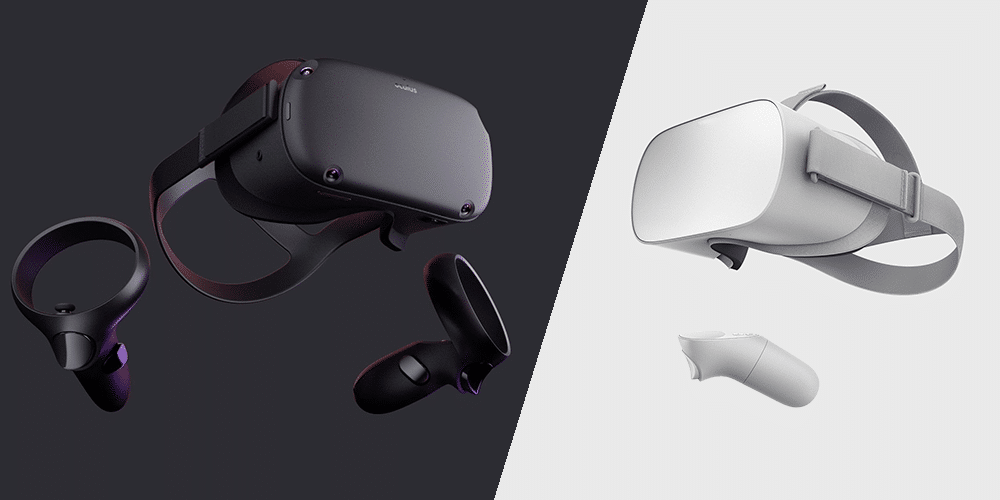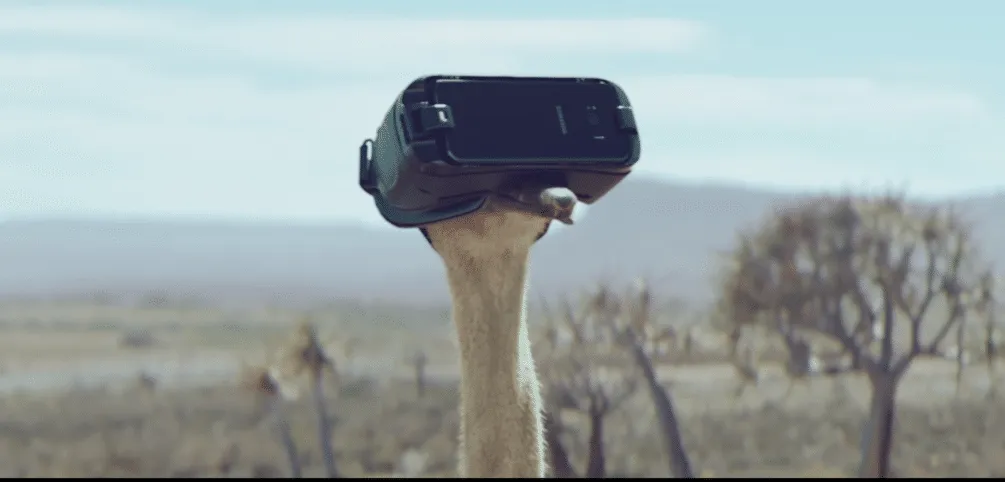Recent versions of the Oculus Mobile SDK drop support for the Samsung Gear VR mobile headset.
This means that if developers want to continue to support Gear VR in their future app updates, they won’t be able to leverage new Oculus SDK features or bug fixes.

The Samsung Gear VR is a smartphone-based VR headset. Like Google Cardboard and its plastic derivatives, users slot in their smartphone which acts as the display and computer. Unlike cardboard, however, it features a dedicated gyroscope and accelerometer, and runs the same Oculus Mobile platform and store as the Oculus Go.
According to Facebook’s FAQ on the topic, existing Gear VR apps can still be downloaded. However, the company doesn’t mention what exactly will happen if a developer releases an update with the latest SDK version. We assume that Gear VR owners will be served the last compatible version, but we’ve reached out to Facebook to confirm.
This could present a huge problem for multiplayer games and apps which support the Gear VR. Developers may be forced to drop multiplayer support for Gear VR if they need to update their Oculus SDK to take advantage of newer features such as finger tracking for Quest.
Gear VR’s Eulogy
At Oculus Connect 6 back in September, Oculus’ then-CTO John Carmack essentially declared the Gear VR dead.
This was prompted by the news that Samsung’s Galaxy Note 10 will not support VR, and speculation that the regular Galaxy S line will follow suit next year.
Google’s competing Daydream smartphone VR platform is also essentially dead, with neither the Pixel 3a nor Pixel 4 supporting it and sales of the headset itself ending.

Smartphone-based VR created a lot of problems. The time it takes to slot in and out the phone, and the fact the user’s phone is unusable while docked into the headset, makes people less likely to want to use VR on a regular basis. A Gear VR session could also end after a matter of minutes, depending on device and conditions, due to the phone’s processor reaching its thermal limits. Smartphones pack all of their components into an incredibly small space. While Samsung improves its passive cooling design almost every year, there are physical limitations which can’t be overcome packing VR into a device designed first as a phone.

Standalone VR headsets, though, incorporate the screens and computing hardware and are designed for better cooling. Despite standalones having roughly the same graphical limitations as smartphone VR, Oculus CTO John Carmack claims that the Oculus Go sees Rift-like retention levels, whereas Gear VR’s was much lower.


























